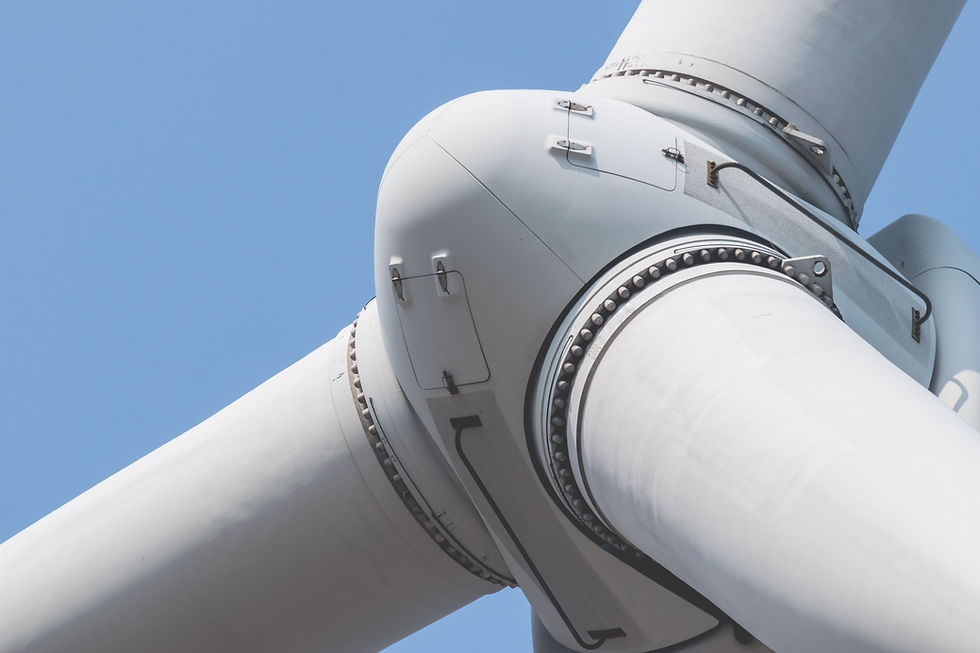Why South Korea tariffs 2025 is Safe Alternative to China
- WMC

- Jun 24
- 2 min read

1. 2025 Tariff Snapshot: A Tale of Two Asian Hubs
Global baseline: President Trump’s April 2025 executive order placed a 10 % “reciprocal” tariff on almost all imports into the United States. [Source]
China’s penalty box: Chinese goods face a 34 % country-specific surcharge on top of existing Section 301 duties (7.5–25 %), and they no longer enjoy the $800 de-minimis duty waiver. [Source]
South Korea’s lane: Seoul is not on Washington’s high-tariff list. Most Korean shipments simply see the 10 % baseline—and in many categories zero duty applies thanks to the U.S.–Korea Free Trade Agreement (KORUS). Nearly 95 % of bilateral consumer & industrial products became duty-free within three years of KORUS entering into force. [Source]
2. KORUS FTA: Built-In Duty Relief
Because KORUS is fully implemented, U.S. importers already clear thousands of Korean SKUs at 0 % duty—from machinery parts to electrical components and many steel-based sub-assemblies. Even where Section 232 steel quotas apply, Korean steel that ships under quota enters tariff-free, avoiding the 50 % tariff now levied on most other sources. [Source]
3. China’s Extra Headwinds: AD/CVD and Compliance
Beyond headline tariffs, China faces an expanding web of antidumping and countervailing duties (AD/CVD) on specific metal castings, pipe fittings, and machinery inputs. A June 2025 order again continued AD duties on malleable cast-iron pipe fittings from China. [Source]
For U.S. buyers, these case-by-case penalties can push the effective landed cost of a Chinese casting well above 50–60 %—erasing any list-price advantage.
4. Quality & Reliability: South Korea’s Quiet Edge
South Korea has spent the last decade embedding Industry 4.0 “smart-factory” platforms—AI-driven process control, real-time defect tracking, and IIoT monitoring—across its foundries and machining shops. Government data show factories that adopted the program cut defects -27 % and raised productivity +25 %. [Source]
Typical heavy-industry suppliers in Korea carry ISO 9001, ISO 14001, ISO 45001 and CE-PED certifications and export to demanding markets such as the U.S. and UK. That level of documented QA is harder to verify consistently in many Chinese SMEs—especially under today’s on-again/off-again lockdowns and customs checks.
5. Strategic Advantages for U.S. Sourcing Teams
Factor | South Korea | China | Why It Matters |
Base tariff (most goods) | 0–10 % | 34 % + Section 301 | Immediate landed-cost gap |
AD/CVD risk on castings | Low | High | Budget certainty |
FTA compliance paperwork | Simple KORUS CO | N/A | Faster customs clearance |
Quality certifications | ISO/CE standard | Variable | Lower inspection spend |
Lead-time predictability | Stable logistics | Sporadic port disruptions | Keeps JIT lines running |
6. Key Takeaways for 2025
Tariff math now favours Korea by 24-40 percentage points on many metal and machinery inputs.
KORUS duty-free treatment + Section 232 quotas shield Korean steel and cast components from the steepest U.S. surcharges.
Smart-factory adoption and rigorous ISO systems deliver measurable quality gains and lower hidden costs.
Diversifying into South Korea is not just a hedge—it’s often the lowest-total-cost choice even before freight is booked.



Comments